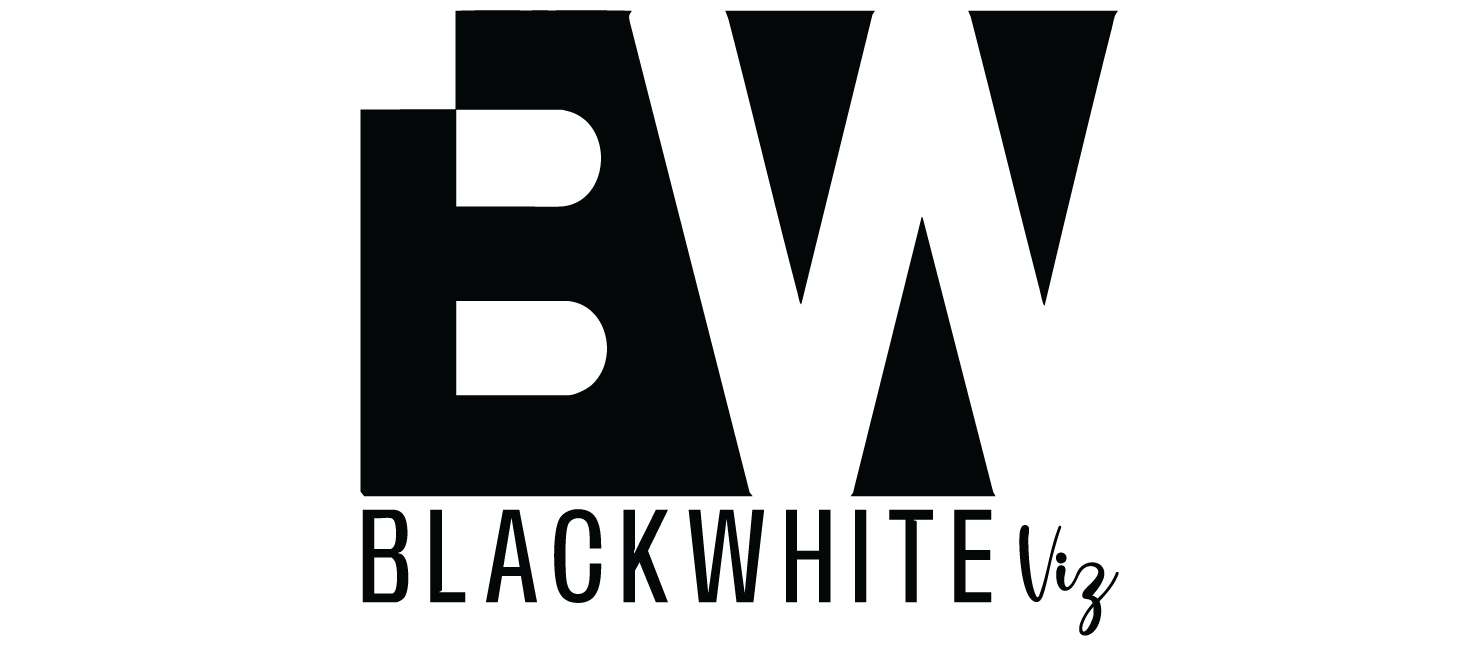
3D Renders vs. Photos: Which One Works Better for Your Business?
Images are the first thing people notice when engaging with your brand. Whether you’re promoting a product, designing an architectural project, or running an online store, the visuals you choose directly shape customer perception. But here’s the big question: should you rely on 3D renders or traditional photography?
Both have strengths and weaknesses, and the right choice depends on your business goals. Let’s break it down.
1. Difference Between 3D Renders and Traditional Photos
3D renders are computer-generated visuals that simulate real-life objects, spaces, or products. They allow businesses to showcase designs or concepts that don’t physically exist yet.
Traditional photos, on the other hand, capture the real world through a camera. They provide authenticity and often deliver emotional impact that’s hard to replicate digitally.
At a glance: renders bring versatility, while photos bring realism.
2. Control and Flexibility
This is where 3D rendering shines. Every aspect of lighting, colors, textures, and angles can be controlled and changed with a few clicks. Need the same product in ten different colors? A render can make it happen without the cost of multiple photoshoots.
Photography, however, comes with limits. Weather, location, and physical availability of products all affect the outcome. Even small adjustments often require a complete reshoot.
3. The Advantages of Traditional Photography
Despite rendering’s growth, photography remains powerful:
- Authenticity: Real photos carry trust and emotional connection. Customers know they’re looking at the real thing.
- Texture and Detail: Photography captures natural imperfections, shadows, and tones that feel human.
- Lifestyle Marketing: If you want to show people using your product in real-life settings, photography is unmatched.
4. The Limitations of Traditional Photography
But traditional photography isn’t always the best solution. Some common drawbacks include:
- Cost of Reshoots: Any design change means setting up again.
- Logistical Challenges: Booking locations, models, and equipment takes time.
- Product Dependency: You can’t photograph something that hasn’t been manufactured yet.
5. Cost Comparison: Photo vs Rendering
Photography often has a lower initial price, especially for simple, one-off shoots. But as the need for variations and updates grows, costs rise quickly.
Rendering requires a higher upfront investment, but once a model exists, reusing it is affordable. Changing backgrounds, materials, or layouts comes at a fraction of the cost of a new photo session.
In short:
- Short-term, photography can be cheaper.
- Long-term, rendering often delivers better ROI.
6. Strategic Use of Photo vs Render
The smartest businesses don’t choose one or the other they use both strategically:
- Use photos for lifestyle campaigns, human-focused storytelling, and authentic branding.
- Use renders for product previews, prototypes, e-commerce variations, and when speed and flexibility matter.
Final Thoughts
Both 3D renders and photography have their place. The right choice depends on your product, budget, and marketing goals.
- Want emotional appeal? Stick with photography.
- Need versatility and speed? Go with rendering.
- Want the best of both worlds? Combine them strategically.
In the end, the goal isn’t choosing one over the other, it’s knowing when to use each to present your business in the strongest light possible.



